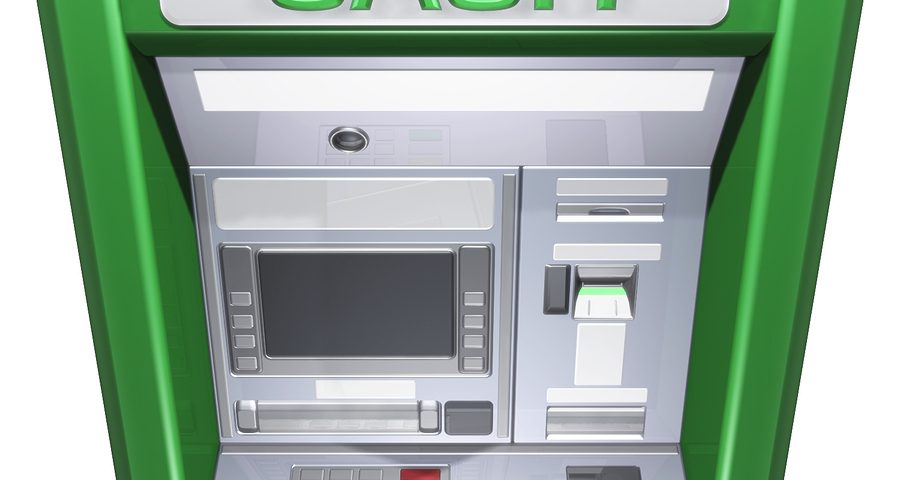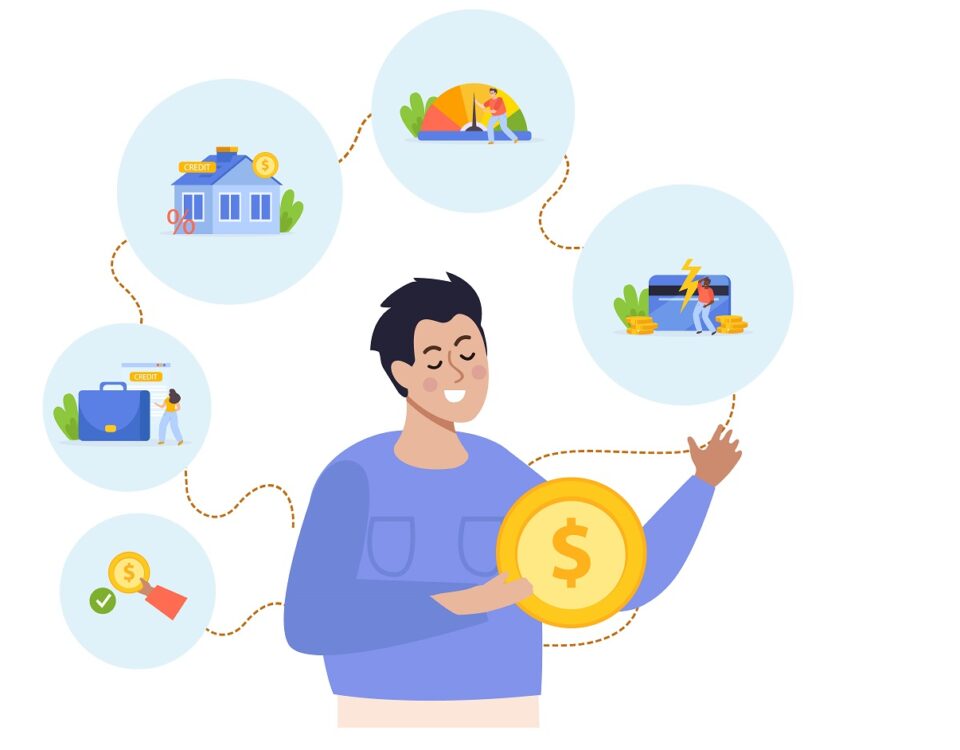- Credit Restoration Experts Nationwide

Drowning in Student Loan Payments?
July 4, 2017
Joint Credit: Should You or Shouldn’t You?
July 4, 2017ATM Charges & Bank Fees: Are You Fully Informed?

Back before 1988, there were no ATM charges. Afterwards, a Nevada bank started charging a bank fee for withdrawals made on a bank other than its own. It didn’t take long for the rest of the banking community to recognize the profitability of following the lead of the Nevada bank, and soon thereafter, many bank started charging for their own ATM transactions as well.
Well, did you know that now there is an additional new fee? If you try to access funds in excess of what you have in your bank, some banks are now charging you for doing that? And this includes this type of scenario: You have $100 in your bank account. $30 is “on hold” for another transaction. You try to withdraw $80 and the transaction is rejected because you do not have enough available balance. You get charged a fee, even though you did not get any money out. Outrageous!
Many consumers do not know that they are going to get charged, or how much, unless the screen tells them they will be charged a certain fee. In the past, bank ATMs have been required to post a “sticker” that says there will be a fee, but recently that has been relaxed.
Through the efforts of the Consumer Finance Protection Bureau (CFPB), banks will now be required to post on the screen the amount of the charge to use the ATM. However, consumers are on their own to be aware of their own bank charges. If you are using an ATM at one bank in order to withdraw funds from your own bank, there will usually be an ATM fee associated with the bank upon which you are withdrawing funds, AND a fee at your own bank for using a competing ATM machine. The CFPB now requires banks to show the fee for the transaction within the bank upon which the funds are being accessed.
There are a few lenders who do not charge this fee, and they include Capital One, USAA and Ally Bank.

